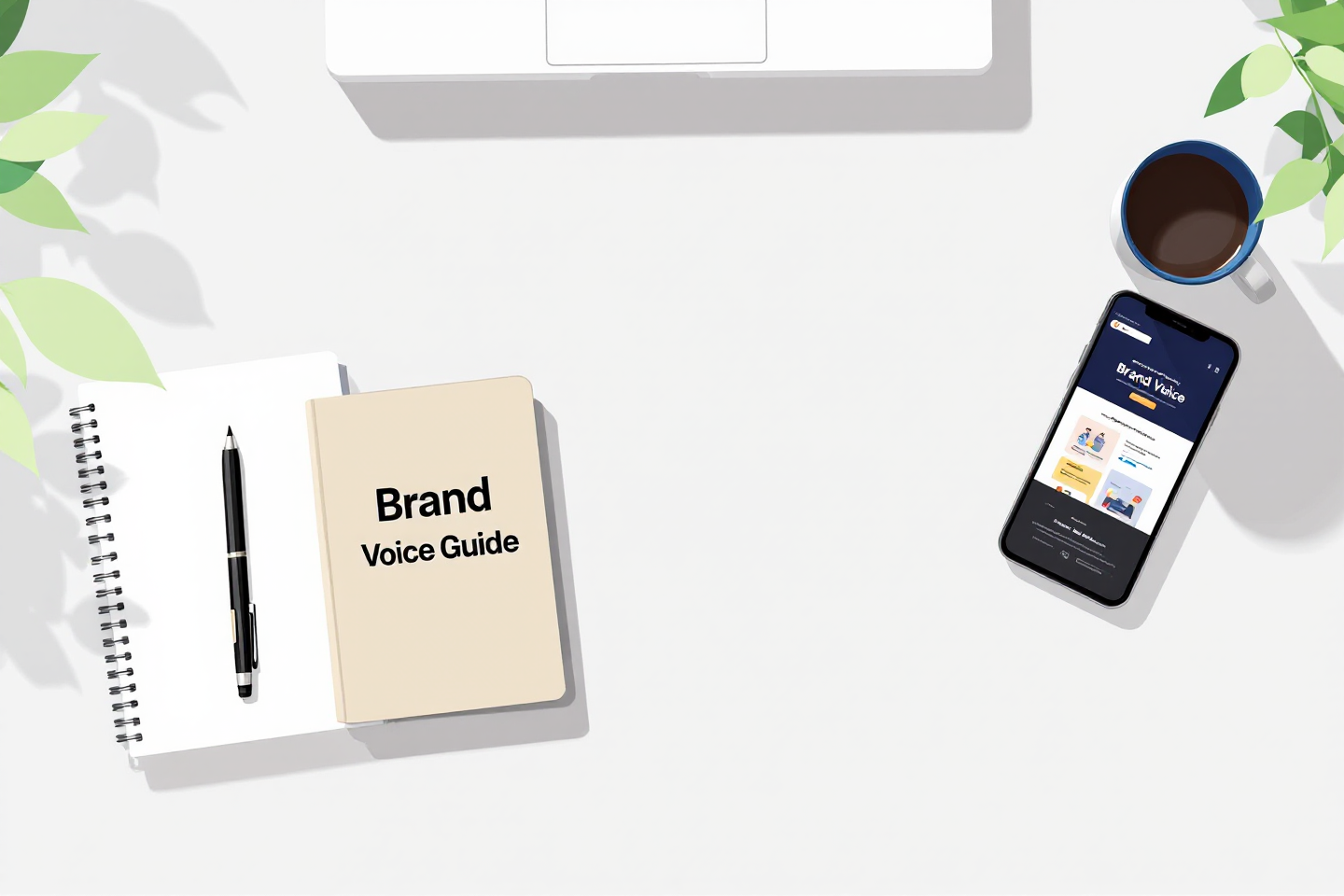Google Ads ROI Tracking For Small Business That Actually Works

If you are spending money on ads but have no clue if they are paying off, it is time to learn google ads roi tracking for small business. When you know exactly how much each dollar earns, your marketing becomes predictable instead of stressful. In this post, we will break down how to track your ad performance like a pro and finally understand what is working.
Want a website that makes you money? Book a strategy call with Digital Dream Homes now.
What Google Ads ROI Tracking For Small Business Really Means
Return on investment (ROI) measures how much profit your ads generate compared to what you spend. The formula is simple:
ROI = (Revenue From Ads − Cost Of Ads) ÷ Cost Of Ads
If you spend 500 dollars and make 2000 dollars, your ROI is 300 percent. Tracking this number every month tells you if your marketing is an investment or an expense.
Many small business owners stop at clicks and impressions, but those numbers do not tell the full story. You need to follow the journey from click to customer to see real performance.
Want a Free Website Audit?
Fill out your information below and we will send you a personal screen share video of tips on how to make your actual website better!
Set Up Conversion Tracking The Right Way
The foundation of google ads roi tracking for small business is conversion tracking. Without it, you are guessing.
Start by identifying the key actions that count as conversions. For most small businesses, those include:
Form submissions
Phone calls longer than 30 seconds
Appointment bookings
Online purchases
How To Set It Up
Install Google Tag Manager on your website. It makes adding and managing tags easier.
Create conversion actions inside Google Ads for each goal.
Add a thank-you page that triggers once a form is submitted.
Test your setup by submitting your own form and verifying that Google Ads records it.
If you want help choosing the right tracking tools, check out Free SEO Tracking Tools For Small Business That Actually Work for easy recommendations you can start using today.

Connect Revenue To Your Conversions
Clicks are only half the story. To measure ROI, connect your ad data to your actual sales.
Imagine a small landscaping business that spent 800 dollars on ads last month. The campaign produced 40 leads, 10 turned into paying clients, and each client spent 250 dollars. That means total revenue was 2500 dollars.
ROI = (2500 − 800) ÷ 800 = 212.5 percent
Now you can clearly see that your ads are profitable. Once you know your ROI, you can double down on the campaigns that deliver the highest returns.
Use UTM Links To Track Performance
UTM parameters are short tags you add to your links so analytics tools can track exactly where traffic comes from. For example:
yourwebsite.com/offer?utm_source=google&utm_medium=ads&utm_campaign=winter_promo
This lets you see which campaign and keyword drove each lead. Every ad should have a unique UTM link so you can trace results back to their source.
This same tracking discipline will help your SEO as well. You can learn more about long-term growth in How Long To Rank A Small Business Website On Google.
Create A Simple ROI Dashboard
You do not need expensive software to see results. A spreadsheet or Google Data Studio dashboard can handle everything you need. Include columns for:
Ad spend
Leads generated
Cost per lead
Sales closed
Revenue earned
ROI percentage
Update it every month and compare performance across campaigns. The goal is to spot trends, not just numbers.
Here is an example:
| Month | Ad Spend | Leads | Sales | Revenue | ROI |
|---|---|---|---|---|---|
| January | $500 | 25 | 5 | $2,000 | 300% |
| February | $700 | 30 | 6 | $2,400 | 243% |

Track Calls And Offline Conversions
If your business closes deals by phone or in person, use call tracking numbers that change based on the campaign. That way, each call is linked directly to an ad.
You can also import offline sales into Google Ads. For example, if you meet a lead from your ad and close them later, record that sale in your CRM and sync it back to Google. Now your ROI data becomes complete.
Test To Improve ROI Over Time
Once you have data, improving ROI becomes a game of testing. Try different elements and measure how they affect conversions.
Ideas to test include:
New ad headlines and descriptions
Shorter forms with fewer fields
Landing pages with one clear call to action
Different bidding strategies like Maximize Conversions
You can learn how to write better-performing ads by reading How To Write Effective Ad Copy That Converts.
Pay Attention To Lead Quality
Not all leads are equal. Some keywords will bring price shoppers while others attract loyal, high-value clients. Review which campaigns generate the best deals and focus your budget there.
Set up custom conversion values for different services if needed. For instance, a cleaning company might assign a 50-dollar value to a one-time job and 300 dollars to a recurring contract.
Build A Consistent Reporting Habit
Every month, pull your data and compare it to your goals. Track:
Cost per lead
Conversion rate
Cost per sale
Return on ad spend
Time to profit
Small tweaks based on these numbers can make a huge difference. The secret is consistency.
Keep Your Website Ready To Convert
Even the best ad strategy will fail if your website is slow or confusing. Make sure your landing pages are mobile friendly, load in under two seconds, and have one obvious call to action.
If your site needs a professional touch, our post Best Website Layout For Small Businesses breaks down what design elements lead to higher conversions.
Final Thoughts
When you understand google ads roi tracking for small business, you gain control over your marketing. You stop guessing and start scaling what works. Tracking is not complicated—it is a habit that turns advertising into growth.
If you want a done-for-you website and ad tracking setup that drives real profit, book a free strategy call with Digital Dream Homes today and let our team build your growth engine.
Matt Pieczarka
Other Posts About Google Ads You’ll Find Useful…
- Google Analytics For Small Business Owners: Your Secret Weapon
- Retargeting Ads For Small Business That Win More Clients
- Google Ads Budget For Small Business: The Simple Math That Works
- 9 Reasons Small Business Should Hire a Google Ads Agency
- Google Ads ROI Tracking For Small Business That Actually Works
- Google Ads Copywriting Tips Small Business Owners Can Use Today
- 12 Small Business Google Ads Mistakes to Avoid
- Best Google Ads Keywords for Small Business That Actually Convert
- How to Set Up Google Ads for Small Business Step-By-Step
- Google Ads vs Facebook Ads Small Business Showdown
Free Tools For Businesses in 2026 You’ll Wish You Found Sooner
Free Marketing Tools For Small Business 2026 That Print Money Facebook X LinkedIn Threads Email Heads-up for busy entrepreneurs: these tools take minutes to implement but can pay o
Building Customer Trust For Small Business In 7 Simple Steps
Building Customer Trust For Small Business In 7 Simple Steps Facebook X LinkedIn Threads Email Quick heads-up: This simple tweak learned in this post helped one of our clients boos
Customer Testimonials Small Business Branding Secrets That Explode Trust
Customer Testimonials Small Business Branding Secrets That Explode Trust Facebook X LinkedIn Threads Email Bookmark this page now! It’s full of practical strategies you’ll actu
Brand Voice Tips For Small Business That Actually Connect
Brand Voice Tips For Small Business That Actually Connect Facebook X LinkedIn Threads Email Quick heads-up: We tested dozens of strategies so you don’t have to. Here’s what’s
How AI is Transforming Transaction Coordination Services
How AI is Transforming Transaction Coordination Services Facebook X LinkedIn Threads Email In 2025, aside from hot topics in real estate about interest rates and inventory…th
Personal Branding For Small Business Owners Who Want More Clients
Personal Branding For Small Business Owners Who Want More Clients Facebook X LinkedIn Threads Email This post breaks down the same process our clients use to attract better leads a
Authentic Branding For Small Business In 2026
Authentic Branding For Small Business In 2026 Facebook X LinkedIn Threads Email Bookmark this page now! It’s full of practical strategies you’ll actually use this week If you a
How To Flip Bad Reviews Into Customers
Responding To Negative Reviews Small Business Owners Can Turn Into Sales Facebook X LinkedIn Threads Email Heads-up for busy entrepreneurs: these tactics take minutes to implement
Brand Visuals For Small Business That Actually Get Noticed
Brand Visuals For Small Business That Actually Get Noticed Facebook X LinkedIn Threads Email Quick heads-up: This simple tweak learned in this post helped one of our clients boost









